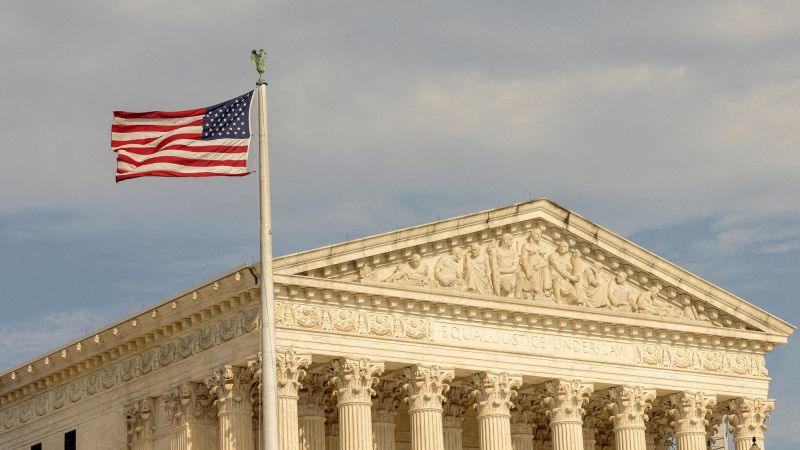On a recent Monday, the Trump administration once again found its way to the Supreme Court, prompting the justices to consider a case that holds substantial ramifications for the president’s capacity to reshape the federal landscape. This legal contest is centered around a lower court’s order preventing the administration from executing mass firings and major reorganizations at federal agencies. The outcome of this case is poised to directly influence how the executive branch wields authority over federal employment structures.
The emergency appeal is part of the broader legal narratives surrounding President Donald Trump’s second term, and follows a ruling from the 9th US Circuit Court of Appeals that suspended Trump’s intended mass layoffs, referred to as reductions in force (RIFs). This proposal aims to drastically reduce the federal workforce, and the repercussions of such actions could extend beyond employment figures to impact the efficacy and operational integrity of federal services.
In presenting the government’s case, US Solicitor General D. John Sauer underscored that controlling federal agency personnel is fundamental to the presidential role. He argued that the Constitution does not inherently constrain presidential authority in agency staffing matters. This assertion highlights a pivotal constitutional debate: Should the president have unsanctioned latitude to make sweeping workforce changes without requiring the explicit endorsement of Congress?
The backdrop of this legal challenge features a coalition of over a dozen unions, non-profit organizations, and local governments collectively filing the lawsuit against the administration. They position this legal action as a significant obstruction to Trump’s efforts to downsize the federal workforce. The implications of this case are closely monitored by administration officials, reflecting its crucial role in determining whether Trump may carry out his vision for a smaller and potentially more efficient federal government.
In an earlier attempt to bring this matter before the Supreme Court, Trump’s administration had to withdraw its appeal shortly after filing, due to a more comprehensive ruling from a federal district court that prohibited the president from progressing with the layoffs. This sequence of events signifies a judicial pushback against the president’s expansive executive order, meant to facilitate workforce reductions.
The decision issued by the 9th Circuit Court exemplifies the divide between the branches of government over the reach of executive power. In their 2-1 opinion that denied the request to pause the district court’s order, the panel characterized the executive order as exceeding the constitutional limits of presidential oversight over federal agencies. The majority’s findings suggested that the appellants—a conglomerate of unions and organizations opposing the layoffs—would likely prevail in their arguments asserting the legality of the proposed mass layoffs.
This case originated from an executive order signed by Trump in mid-February, which initiated the groundwork for mass layoffs across federal agencies. Subsequently, departments, collaborating with the Department of Government Efficiency, were required to submit detailed reorganization plans. However, these plans have faced criticism, as labor unions claim that their contents have not been adequately disclosed, raising transparency concerns.
Since Trump assumed office, nearly 121,000 federal employees have reportedly been laid off or marked for layoffs, per an analysis conducted by CNN. This figure excludes individuals who have been placed on administrative leave or those who opted for voluntary buyouts, suggesting the full extent of workforce restructuring may be more significant than reported.
The executive order purportedly encompasses considerable cuts across numerous federal agencies, including the Departments of Agriculture, Commerce, Energy, Labor, Treasury, State, Health and Human Services, Veterans Affairs, and the Environmental Protection Agency. The potential ramifications of these proposed reorganizations are vast, raising questions about the future of federal service delivery and governance.
In summation, this ongoing legal saga underscores the perennial struggle between executive authority and legislative oversight, and it encapsulates the complex dynamics defining contemporary governance in the United States. The ramifications of the Supreme Court’s eventual decision will reverberate across the federal workforce and could redefine the relationship between the presidency and federal agencies for years to come.



